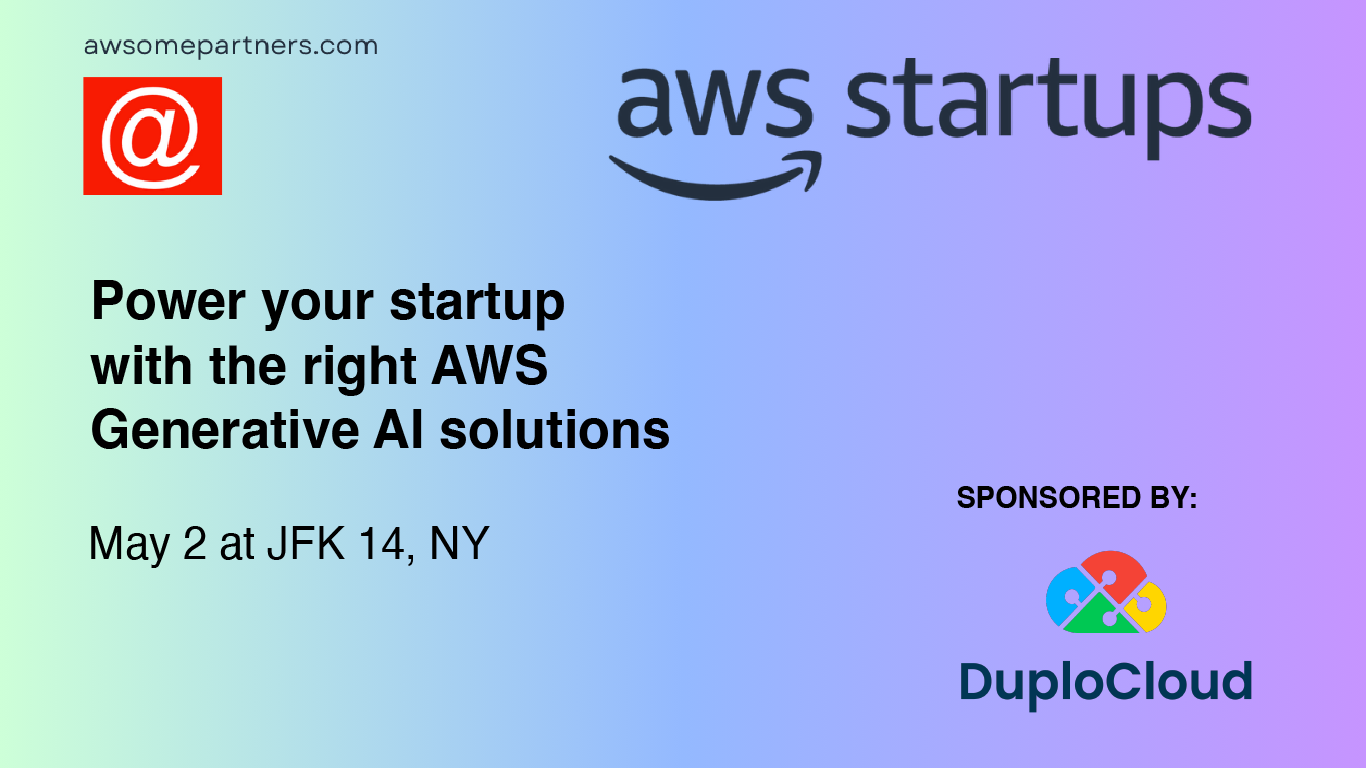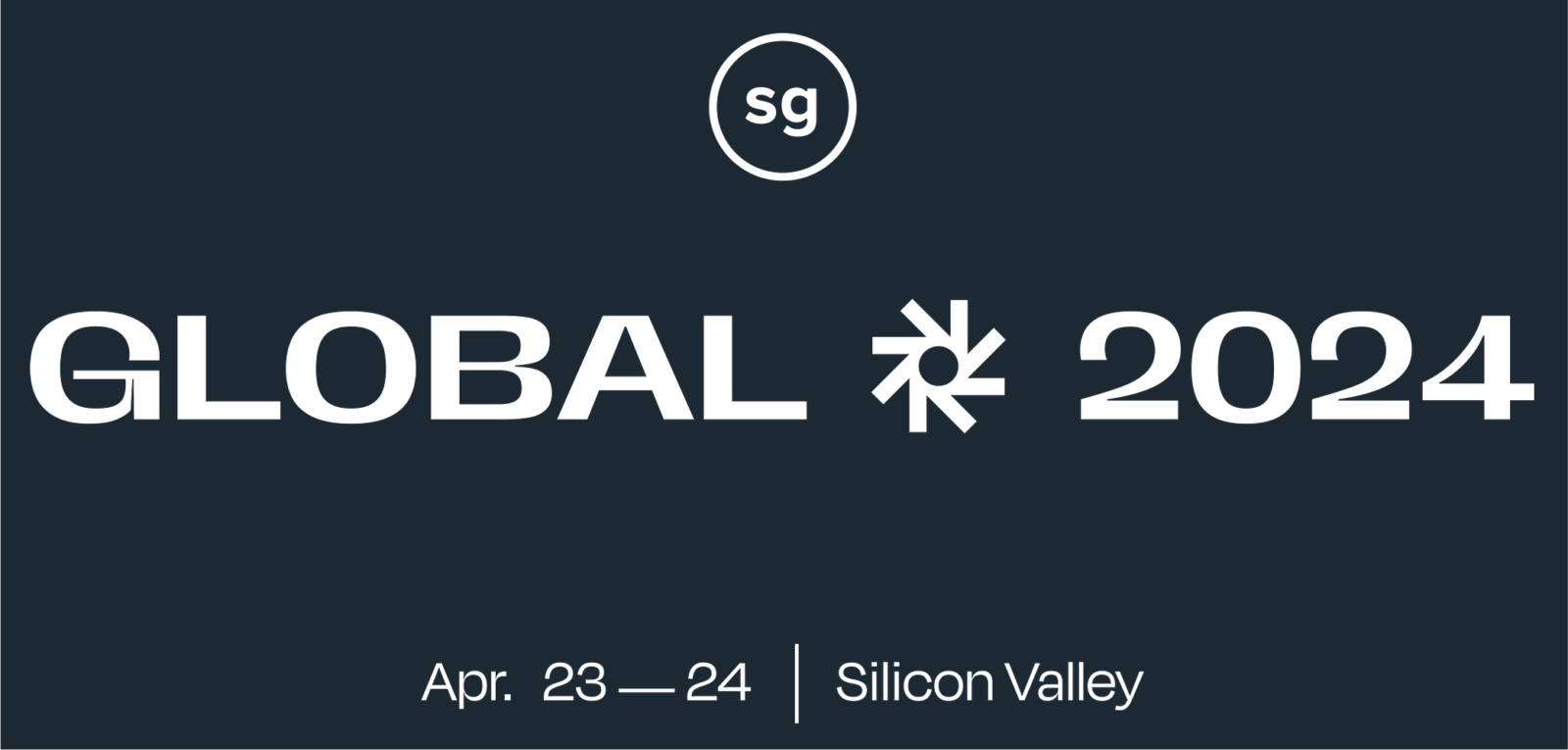Cloud computing has become a useful tool for many organizations, including those in healthcare
Cloud computing has changed the way that countless organizations conduct business, and that includes those in the healthcare industry. The cloud shift is making it easier for doctors to help their patients, offering easy access to intelligent software and reducing labor and maintenance costs. But cloud computing is a complex topic to take in. If you’ve been left asking yourself “What is cloud computing in healthcare?”, here’s everything you need to know.
Learn more about the rules, regulations, risks, and benefits of healthcare cloud computing with Cloud Computing in Healthcare: A Comprehensive Guide.
What Is Cloud Computing?
Cloud computing provides instant access to additional computing power and data storage space hosted in large “clouds.” These clouds are distributed across multiple data centers, which consist of the actual hardware and infrastructure that cloud computing uses. End users can communicate back and forth between on-prem endpoints and data centers to store, retrieve, and process data. Since its inception, cloud computing has been used for everything from software development to data recovery, and it’s becoming an increasingly common way to facilitate business.
What Is Cloud Computing in Healthcare?
In healthcare, cloud computing mostly relates to the management of patient information and access to software-as-a-service (SaaS) applications. Many healthcare organizations are switching to cloud computing solutions or are currently using them because they reduce the amount of time and effort it takes to catalog, organize, and retrieve patient records, while also enabling easier collaboration between patients and care providers. Cloud computing also offers robust software and additional computing power, which provides better access to patient portals and web applications.
Additionally, cloud computing has helped further clinical research. Healthcare organizations can use cloud computing for Big Data Analytics operations, analyzing information from thousands of patient records to identify correlations between datasets and develop a predictive model using data mining techniques. Using such a predictive model enhances decision support systems and therapeutic strategies, improving the patient experience.
Streamlining access to documents and improving computation power can greatly benefit healthcare workers and patients, but there are also financial incentives for the broader organization. For example, cloud computing lowers infrastructure costs because it doesn’t rely on local servers. There are also fewer maintenance costs inherent in cloud computing because the framework can be updated automatically. The lack of local servers also means that healthcare organizations can have a lower headcount within development and IT departments. IT workers alone have a median salary of $97,430 in the US, so the cost savings can become significant quickly.
More than 90% of healthcare industry IT professionals recommend utilizing cloud computing. Read more in our free report, Cloud Computing Adoption in Modern Healthcare:

Finally, cloud computing is easily scalable and flexible. The popularity of healthcare cloud computing options has surged since the COVID-19 pandemic largely because of how scalable the technology is, as organizations can increase or decrease their cloud processing power as needed. The benefits are immediate, as pivoting to cloud computing enables local governments to partner with healthcare providers and use mobile devices for contact-tracing operations.
Essentially, the rise of cloud computing in healthcare means that doctors have more time to spend with patients, are capable of providing more accurate care, and can lean on machine learning and AI to reinforce their decision-making processes all while reducing administrative and IT costs. It’s these improvements to the overall system that make cloud computing and healthcare such lucrative partners.
Ensuring PCI and HIPAA Compliance
Organizations will need to ensure that they are meeting compliance guidelines for PCI and HIPAA as they transition from on-prem to cloud solutions. It’s understandable that marrying healthcare and cloud computing may cause concerns about data privacy and security issues during the transition period in some organizations, specifically regarding hefty fines should any vulnerabilities violate PCI and HIPAA guidelines. After all, creating an infrastructure capable of meeting legal requirements from scratch presents a logistical challenge — one that’s prone to human error.
However, healthcare cloud computing infrastructure no longer has to be created from scratch. Instead, DevSecOps cloud automation services have made it far easier for organizations to transition from on-prem to cloud services while ensuring that compliance guidelines are met. Most DevSecOps automation service solutions are low-code/no-code, meaning that they don’t require large teams of developers to successfully transition to the cloud infrastructure. This further reduces costs and shortens the development time required to make the leap.
Cloud automation services that come with PCI and HIPAA-compliant code baked in from the onset mean developers don’t have to worry about recreating the framework required to ensure that compliance guidelines are met. This also reduces the risk of human error causing security vulnerabilities, which is currently responsible for 52% of security breaches — making it the most common cause.
Finding a Cloud Automation Partner
There’s a wide range of potential partners for cloud automation services. For organizations that want to ensure they’re meeting PCI and HIPAA guidelines while maintaining a fast, cost-efficient transition to cloud computing, DuploCloud is here to help. Offering a no-code/low-code solution purpose-built to help organizations ensure compliance with industry best practices, DuploCloud’s DevSecOps automation platform creates a frictionless process that alows you to quickly and easily provision your application in the cloud in a secure and compliant manner.
With built-in security and compliance considerations, your healthcare organization can rest assured that you’re meeting HIPAA and PCI guidelines. Further, DuploCloud can reduce the time and cost of cloud migration by 80% while ensuring that your platform stays up to date with as small of a developer and IT headcount as possible. Interested in learning more? Contact us today.









